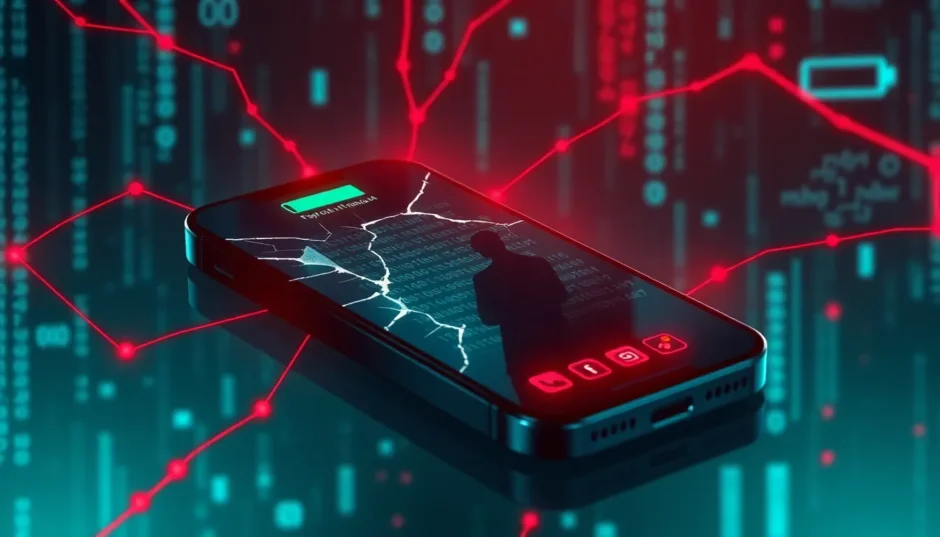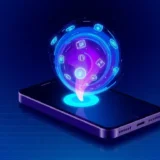Ever had that weird feeling like someone might be watching your every move through your iPhone? It’s not as far-fetched as it sounds. With all the spy apps and tracking software floating around these days, your iPhone could potentially be monitored without you even realizing it. But don’t panic just yet – there are clear signs that can help you figure out if someone’s keeping tabs on your device.
Whether it’s an overly curious partner, a suspicious employer, or just someone with too much time on their hands, learning how to tell if someone is tracking your iPhone is crucial for protecting your digital privacy. The good news is that these tracking apps often leave behind telltale signs that you can spot if you know what to look for.
How to Know If Your iPhone is Being Monitored
Before we dive into the specific signs, it’s important to understand that most phone tracking iPhone software needs to be physically installed on your device. This means someone would need access to your phone to set it up. But once it’s there, these apps can monitor everything from your text messages and call logs to your location and browsing history.
Unusual Background Noises During Calls
One of the most common indicators that someone might be tracking your iPhone is strange noises during phone conversations. While occasional static or dropped calls can happen to anyone, consistent background noises like clicking, beeping, or faint echoes could signal that call recording software is running in the background.
These noises occur because some tracking apps record your conversations and transmit them to whoever’s monitoring your device. If you notice these sounds happening frequently rather than just occasionally, it might be time to investigate whether your iPhone is being tracked.
Sudden Battery Drain Issues
Has your iPhone’s battery life taken a nosedose recently? While batteries do degrade over time, a sudden and significant drop in battery performance could indicate that tracking software is running in the background. These apps need to constantly monitor your activity and send data to the person tracking you, which consumes considerable power.
If you find yourself charging your phone much more frequently than before, and there’s no obvious explanation like new apps or changed usage patterns, it could be a sign that someone is tracking your iPhone. This is especially suspicious if your phone feels warm even when you’re not using it heavily.
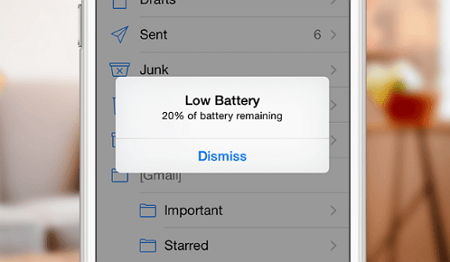
Unexpected Data Usage Spikes
Tracking apps need to send the information they collect to whoever’s monitoring your device, and this data transmission can use up significant amounts of your monthly data allowance. If you notice sudden increases in your data usage without changes in your browsing habits, it could mean your iPhone is being tracked.
You can check your data usage in Settings > Cellular, where you’ll see a breakdown of which apps are using your data. Look for unfamiliar apps or system services using unusually high amounts of data. Some tracking apps disguise themselves as system processes, so keep an eye out for anything that seems suspicious.
Random Shutdowns and Performance Issues
Low-quality tracking software can interfere with your iPhone’s normal operations, causing unexpected shutdowns, freezes, or general sluggishness. If your phone starts acting erratically – turning off by itself, apps crashing frequently, or the screen becoming unresponsive – it might be because of poorly coded tracking software running in the background.
While these issues can also indicate hardware problems or the need for software updates, if they started suddenly and coincide with other signs on this list, there’s a good chance your device has been compromised.
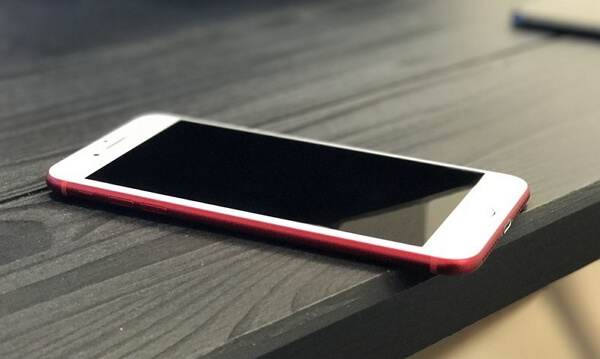
Strange Text Messages
Some tracking apps send coded text messages to check their status or receive commands. If you notice text messages in your inbox containing random numbers, symbols, or codes that you don’t recognize, they might be related to tracking software on your device.
These messages are typically sent from the person monitoring your phone to the tracking app, and they might appear as sent messages in your outbox rather than received messages. Keep an eye out for any unusual message activity that you can’t account for.
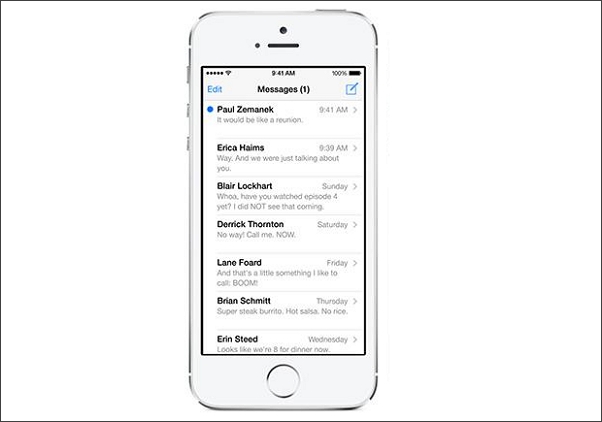
Unusual Phone Heating
Does your iPhone feel warmer than usual, even when you’re not using it intensively? Background processes from tracking apps can cause your device to work harder than normal, generating extra heat. If your phone consistently feels warm to the touch during light use or when idle, it could be a sign of unauthorized monitoring software running constantly in the background.
Suspicious Browser History
Take a look at your browsing history in Safari or whatever browser you use. If you see websites you don’t remember visiting, especially ones related to spy software or tracking apps, someone might have accessed your phone to install monitoring software.
Sometimes, tracking apps automatically visit certain websites to download updates or send data, so unfamiliar entries in your browsing history could be a red flag that your iPhone is being tracked.
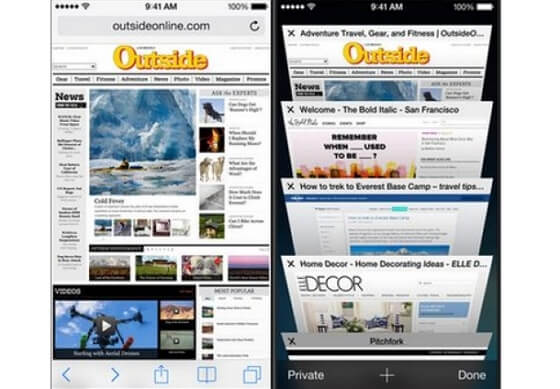
Unknown or Suspicious Apps
Scroll through your home screens and App Library looking for any apps you don’t recognize. Tracking apps often use generic names or icons that blend in with system apps, so look carefully for anything that seems out of place.
Remember that some tracking software can hide their icons, so just because you don’t see a suspicious app doesn’t mean your phone isn’t being monitored. But if you do find an app you don’t remember installing, it’s worth investigating further.
Unusual Device Behavior
Pay attention to any strange behavior from your iPhone, such as the screen lighting up by itself, settings changing automatically, or the phone making noises when you’re not using it. These could be indicators that someone is remotely accessing your device through tracking software.
Some tracking apps allow the person monitoring your phone to control certain functions remotely, which can result in these types of unexplained behaviors.
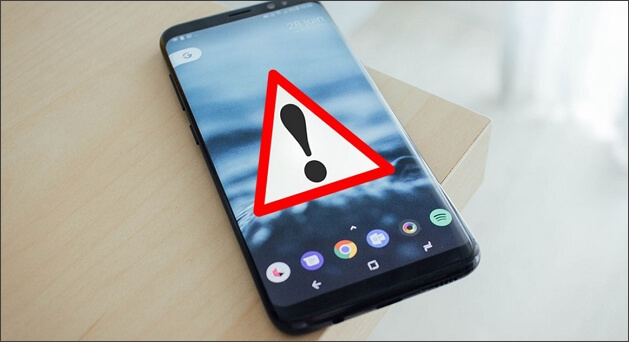
File System Anomalies
For the more technically inclined, you can use file explorer apps from the App Store to browse your iPhone’s file system. Look for folders or files with names containing words like “spy,” “track,” “stealth,” or other suspicious terms. Some tracking apps create identifiable files or folders that can give them away if you know where to look.
This method requires a bit more technical knowledge, but it can be one of the most reliable ways to confirm whether your iPhone is being tracked.
Protecting Your iPhone from Being Tracked
Now that you know how to tell if someone is tracking your iPhone, let’s talk about prevention. It’s much easier to stop tracking before it happens than to deal with it after the fact. Here are some effective strategies to protect your device from unauthorized monitoring.
Avoid Jailbreaking Your iPhone
Jailbreaking removes many of Apple’s built-in security protections, making it much easier for someone to install tracking software without your knowledge. While jailbreaking can offer more customization options, it significantly increases your vulnerability to all types of malware, including tracking apps.
Stick with Apple’s official iOS versions to maintain the highest level of security for your device. The restrictions that sometimes feel limiting are actually there to protect you from exactly this type of threat.
Only Install Apps from Trusted Sources
Always download apps from the official App Store rather than third-party sources. Apple’s review process isn’t perfect, but it does catch most malicious software before it reaches users. Apps from outside the App Store are much more likely to contain hidden tracking functionality.
Be particularly wary of apps that promise free access to paid services or seem too good to be true – these are often vehicles for spyware and other malicious software.
Keep Your iOS Updated
Apple regularly releases iOS updates that include security patches for newly discovered vulnerabilities. These updates often address security holes that tracking apps might exploit, so keeping your device updated is one of the simplest and most effective ways to protect yourself.
Enable automatic updates in Settings > General > Software Update to ensure you’re always running the latest, most secure version of iOS.
Use Security Software
Consider installing reputable security apps from the App Store that can help detect and prevent tracking software. While iOS’s built-in security is generally excellent, additional security software can provide an extra layer of protection.
Look for security apps from well-known companies with good reputations in the cybersecurity space. These apps can often detect suspicious behavior that might indicate tracking software is present on your device.
iMyFone D-Back.All-in-one Data Recovery Software: You can recover deleted, lost, formatted, or corrupted files from iOS/Android devices and PCs in one tool.1000+ Data Types Recovery: Restore photos, videos, messages, contacts, office documents, emails, audio, etc. without backup.Third-Party App Recovery: Retrieve messages and attachments directly from WhatsApp, LINE, Kik, WeChat, Skype and more.iOS Data Backup: Securely back up various data from your iOS device, reducing the risk of data loss.

Check More Details | Download Now! | Check All Deals
Removing Tracking Software from Your iPhone
If you’ve determined that your iPhone is indeed being tracked, here’s how to remove the monitoring software and regain your privacy.
Change All Your Passwords
Start by changing your iPhone passcode and all account passwords associated with your device, including your Apple ID password. This won’t remove any tracking apps that are already installed, but it will prevent the person tracking you from accessing new data.
Make sure to use strong, unique passwords for each account. Consider using a password manager to generate and store complex passwords that are difficult to guess or crack.
Update Your iOS
If you’re not already running the latest version of iOS, update immediately. Software updates can sometimes break compatibility with tracking apps, rendering them ineffective. Even if the tracking app continues to work, updating ensures you have the latest security patches to prevent future monitoring attempts.
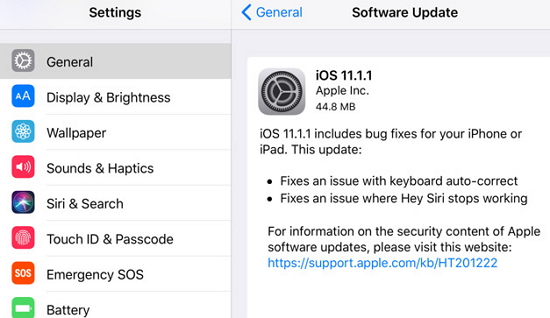
Perform a Factory Reset
If you’re certain your iPhone is being tracked and other methods haven’t worked, a factory reset will remove all apps and data from your device, including any tracking software. This is the nuclear option, but it’s guaranteed to eliminate any monitoring apps.
Before resetting, make sure to back up your important data. You can then restore from your backup after the reset, though be cautious – if your backup contains the tracking app, restoring from it could reintroduce the software to your device.
To perform a factory reset:
- Go to Settings > General > Transfer or Reset iPhone
- Tap “Erase All Content and Settings”
- Enter your passcode and Apple ID password when prompted
- Confirm that you want to erase your device
After the reset, you can set up your iPhone as new or restore from a backup created before the tracking started.
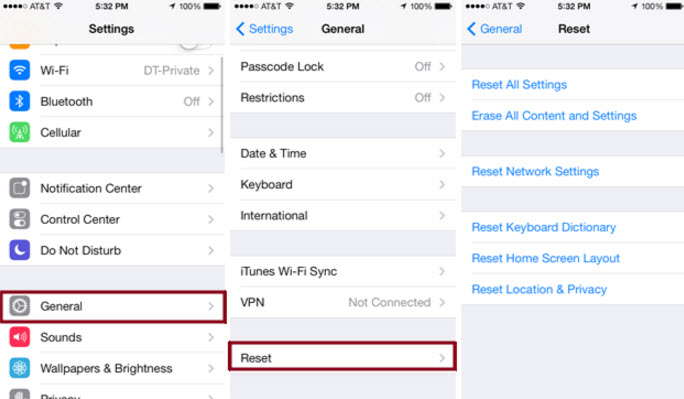
Monitor for Reinfection
After removing the tracking software, keep an eye out for the same signs that initially alerted you to the problem. If the symptoms return, it’s possible that the person tracking you has reinstalled the software or found another method to monitor your device.
In persistent cases, you might need to be more vigilant about who has physical access to your phone and consider implementing additional security measures.
Additional Security Measures
Beyond the immediate steps to detect and remove tracking software, there are several longer-term strategies you can implement to protect your iPhone from future monitoring attempts.
Enable Two-Factor Authentication
Make sure two-factor authentication is enabled for your Apple ID and other important accounts. This adds an extra layer of security that requires both your password and access to your trusted devices or phone number to sign in.
With two-factor authentication enabled, even if someone obtains your password, they won’t be able to access your accounts without also having access to your verification codes.
Review App Permissions Regularly
Periodically review which apps have access to sensitive features like your location, microphone, camera, and contacts. You can find these settings in Settings > Privacy & Security. Revoke permissions for any apps that don’t genuinely need access to these features.
Tracking apps often request broad permissions to monitor your activity, so limiting app permissions can help reduce your vulnerability.
Use a VPN
Consider using a reputable VPN service, especially when connecting to public Wi-Fi networks. While this won’t directly prevent phone tracking iPhone software from monitoring your device, it can help protect your internet traffic from being intercepted by third parties.
A VPN encrypts your internet connection, making it much more difficult for anyone to monitor your online activities, even if they’re on the same network.
Be Wary of Physical Access
The simplest way for someone to install tracking software on your iPhone is through physical access to your device. Be cautious about who you lend your phone to, even for short periods. If you must leave your phone unattended, make sure it’s locked with a strong passcode.
Consider using longer alphanumeric passcodes rather than simple 4-digit or 6-digit codes, as these are much more difficult to guess or observe.
Regular Security Audits
Make it a habit to periodically check for the signs of tracking we’ve discussed. Regular quick checks can help you detect monitoring software early, before too much of your private information is compromised.
Set a monthly reminder to quickly review your data usage, battery performance, installed apps, and other indicators that might suggest your iPhone is being tracked.
iMyFone D-Back.All-in-one Data Recovery Software: You can recover deleted, lost, formatted, or corrupted files from iOS/Android devices and PCs in one tool.1000+ Data Types Recovery: Restore photos, videos, messages, contacts, office documents, emails, audio, etc. without backup.Third-Party App Recovery: Retrieve messages and attachments directly from WhatsApp, LINE, Kik, WeChat, Skype and more.iOS Data Backup: Securely back up various data from your iOS device, reducing the risk of data loss.

Check More Details | Download Now! | Check All Deals
When to Seek Professional Help
In some cases, you might need to involve professionals, especially if you suspect the tracking is part of a larger pattern of harassment or abuse.
Contact Apple Support
If you’re unable to remove the tracking software yourself, contact Apple Support for assistance. They can guide you through additional troubleshooting steps and, if necessary, help you restore your device to a clean state.
Law Enforcement Involvement
If you believe the tracking is connected to stalking, harassment, or other criminal behavior, consider contacting law enforcement. In many jurisdictions, unauthorized electronic surveillance is illegal, and law enforcement may be able to help you gather evidence and stop the behavior.
Cybersecurity Professionals
For persistent or sophisticated tracking attempts, you might need to consult with cybersecurity professionals who specialize in digital privacy and counter-surveillance. These experts can perform detailed analyses of your device to identify and remove even the most stealthy tracking software.
Maintaining Your Digital Privacy
Learning how to tell if someone is tracking your iPhone is an important first step in protecting your digital privacy, but maintaining that privacy requires ongoing vigilance. By understanding the signs of tracking, implementing preventive measures, and knowing how to respond if you discover monitoring software, you can significantly reduce your risk of unauthorized surveillance.
Remember that digital privacy is an ongoing process rather than a one-time fix. Technology evolves constantly, and so do the methods used to monitor devices. Staying informed about new threats and regularly reviewing your security practices will help ensure your iPhone remains your private device rather than someone else’s window into your life.
Your iPhone contains a wealth of personal information, from private conversations and photos to financial data and location history. Taking steps to protect this information from prying eyes isn’t just about privacy – it’s about maintaining control over your digital life and ensuring that your personal information remains personal.
Some images sourced from iMyFone
 TOOL HUNTER
TOOL HUNTER